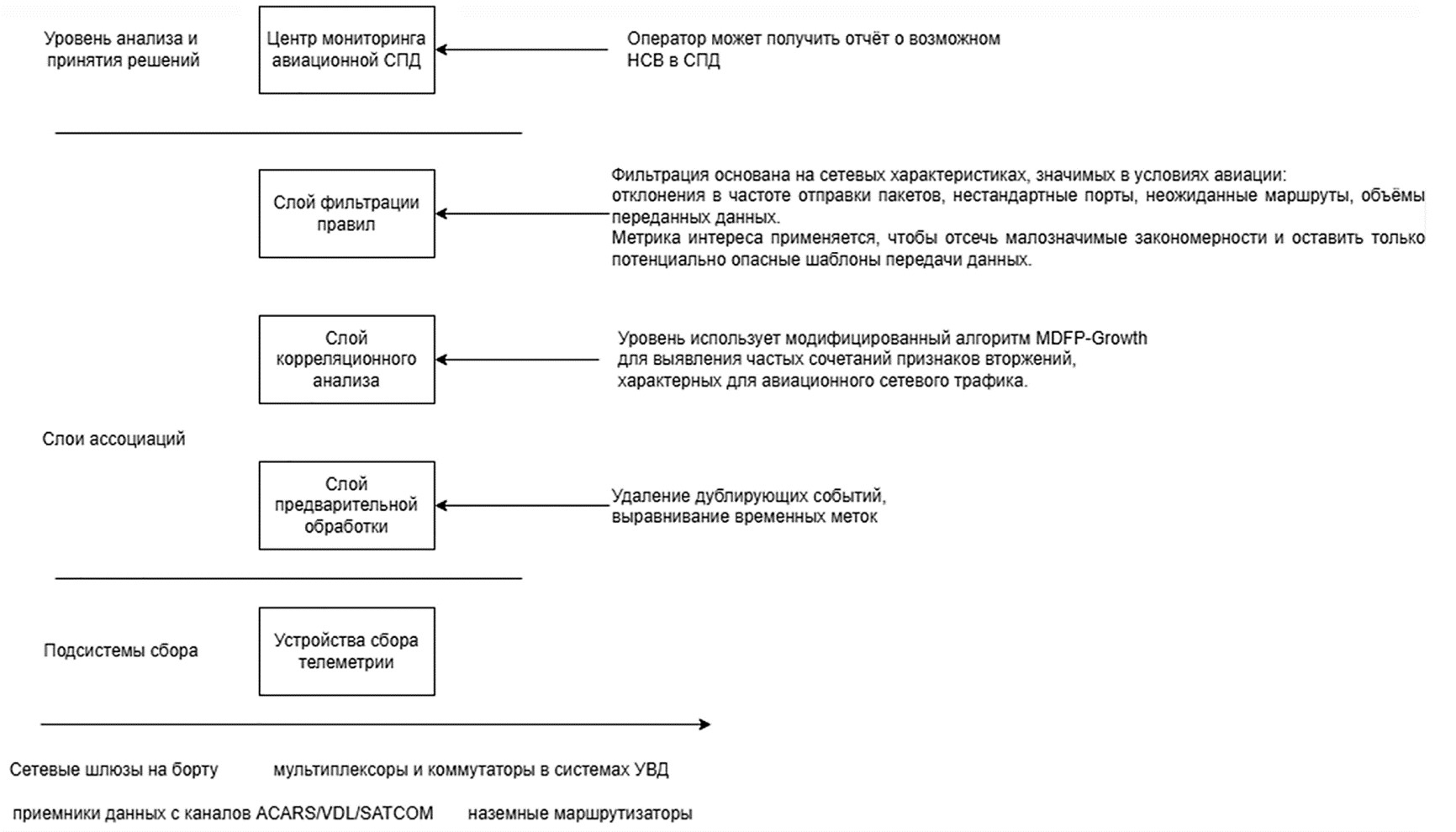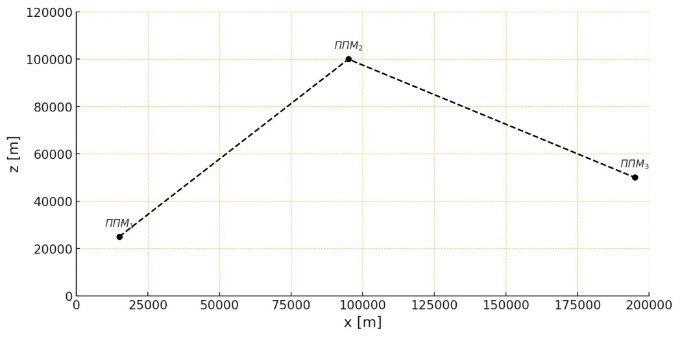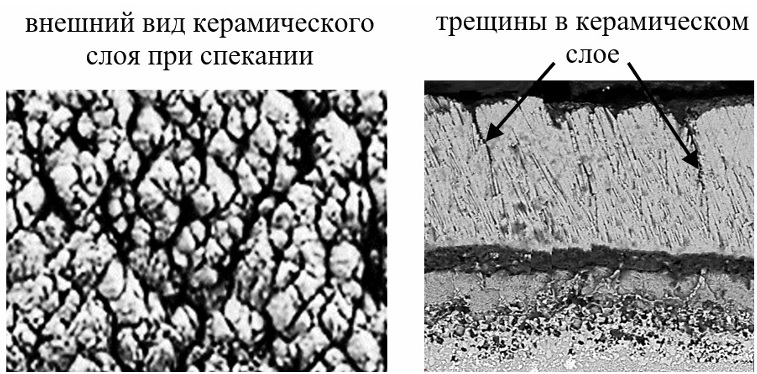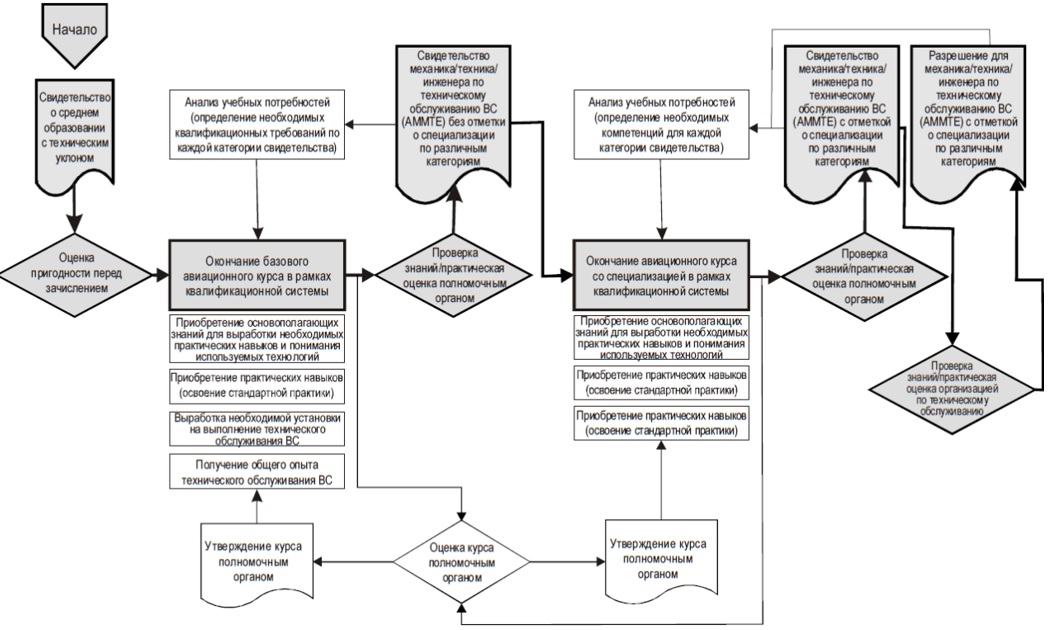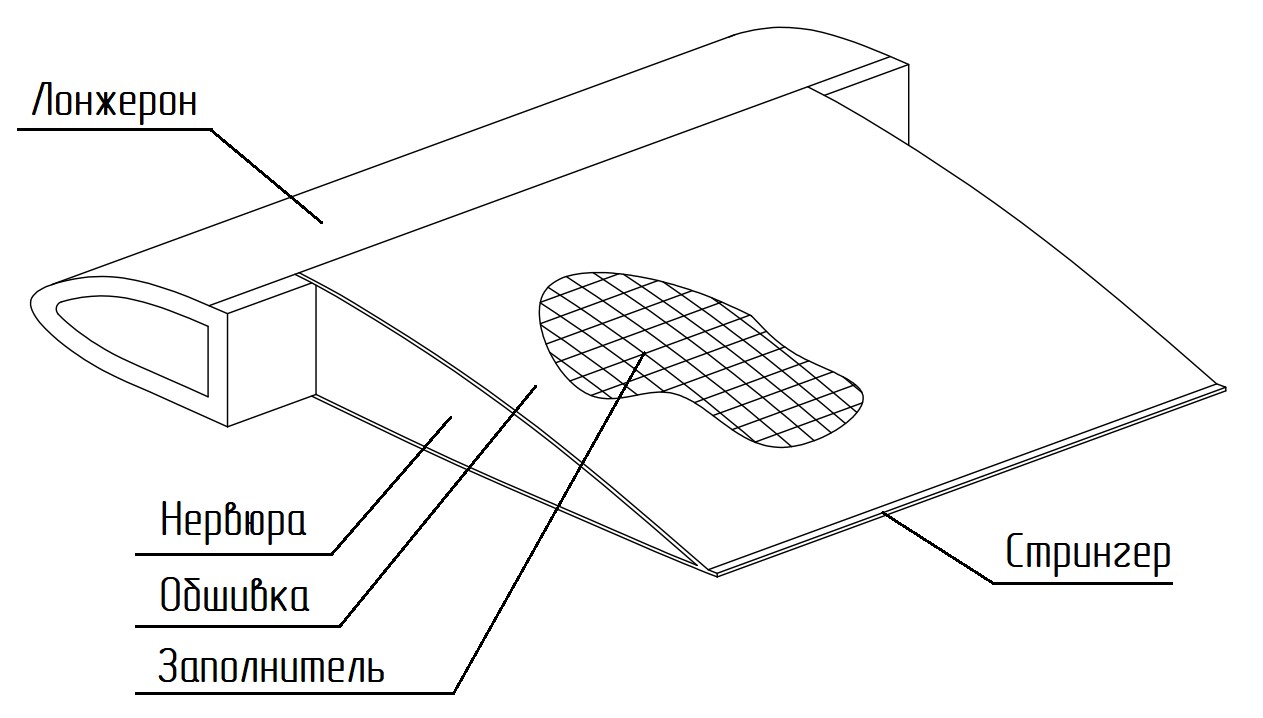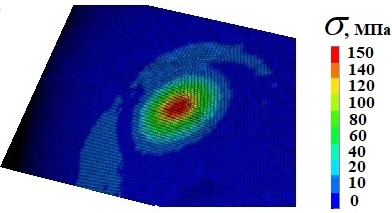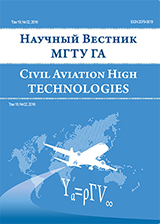
The Civil Aviation High Technologies (Nauchnyi Vestnik MGTU GA), the scientific and practical peer-reviewed journal has been published since 1998.
The frequency of publication in Russian and English languages six times a year.
The aim of The Civil Aviation High Technologies (Nauchnyi Vestnik MGTU GA) is to promote the development of innovative fundamental and applied scientific research in the field of aeronautical navigation and aviation equipment operation; as well as to promote their results in the Russian and international scientific community.
The main areas of the journal’s scientific publications are flight and technical operation of aircraft, the production organization in aviation enterprises, the organization of air transport, the operation of ground equipment, navigation and air traffic control, flight safety, aviation safety, aeromechanics, aerodynamics, aircraft design and strength.
The main topics of the journal are:
- Aerodynamics and Heat Exchange Processes of Aircraft
- Design, Construction, Production, Testing and Aircraft Operation
- Strength and Thermal Regimes of Aircraft
- Thermal Electric Propulsion Systems and Aircraft Power Plants
- Dynamics, Ballistics, Aircraft Flight Control
- Transportation and Transport Technological Systems of the Country, its Regions, and Cities, Organization of Production Operations on Air Transport
- Management of Transportation Processes
- Aerial Navigation and Aircraft Mantenance
- Intelligent Transport Systems
Original, previously not published and not intended for publication in another edition, articles of Russian and foreign scientists, teachers, and researchers as well as graduate students of higher education institutions, the results of fundamental, theoretical and experimental research are accepted for publication in The Civil Aviation High Technologies (Nauchnyi Vestnik MGTU GA).
Publisher: Moscow State Technical University of Civil Aviation.
Founder: Moscow State Technical University of Civil Aviation.
The Journal is indexed as follows:
- The Russian Science Citation Index (eLibrary);
- EBSCO;
- Directory of Open Access Journals (DOAJ);
- CrossRef (each article is assigned an individual index, DOI);
- Electronic libraries.
The Editorial Board welcomes submissions from across the world. Authors are encouraged to submit scientific articles on topics relevant to the journal scope and get involved in the mutually beneficial exchange of new scientific information and improvement of the overall awareness of achievements in the civil aviation.



